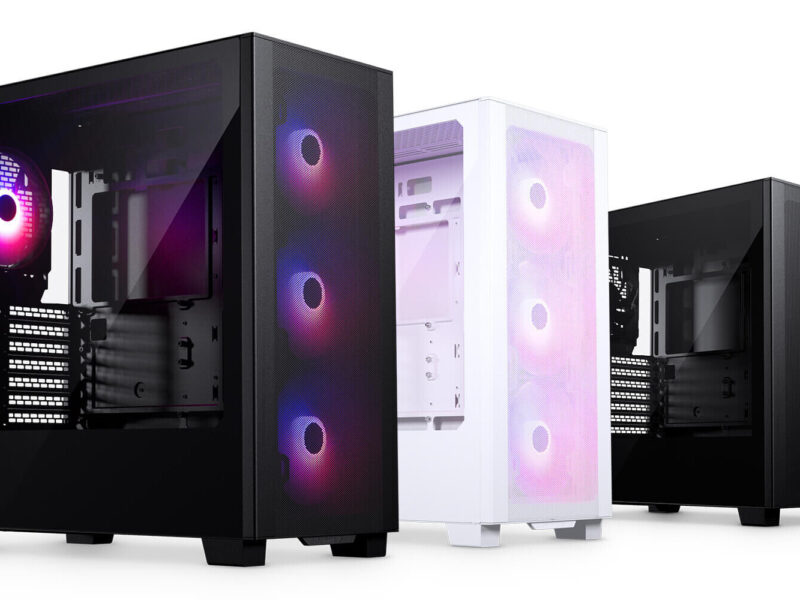Just when you think the worst of the shortage is behind you, it keeps adding up.
On February 9, Kioxia and Western Digital reported a contamination in a nand factory. This contamination forced the two companies to throw away at least 6.5 exabytes of flash memory.
According to Tom’s Hardware, two japanese factories (Yokkaichi and Kiakami) had to stop production due to the contamination. Those factories were producing 3D BiCS nand, mostly used in SSDs. 2D flash however is not affected according to Kioxia.
According to a Bloomberg report, there could be about 16 exabytes affected by this contamination in the worst case scenario. This would be approximately 10% of the total market consumption per quarter. So far there are no information on whether contaminated nand made its way into finished products already.
This loss could lead to the rise of nand pricing, which could end up with pricier SSDs. However, a similar case of this happened in 2018 and 2020 with Samsung, where one of their plants had a minute long power outage. In both cases a similar amount of NAND was destroyed. This didn’t have a significant impact on consumer pricing.
This makes it possible this story is also overblown. Only time will tell about the consequences.


